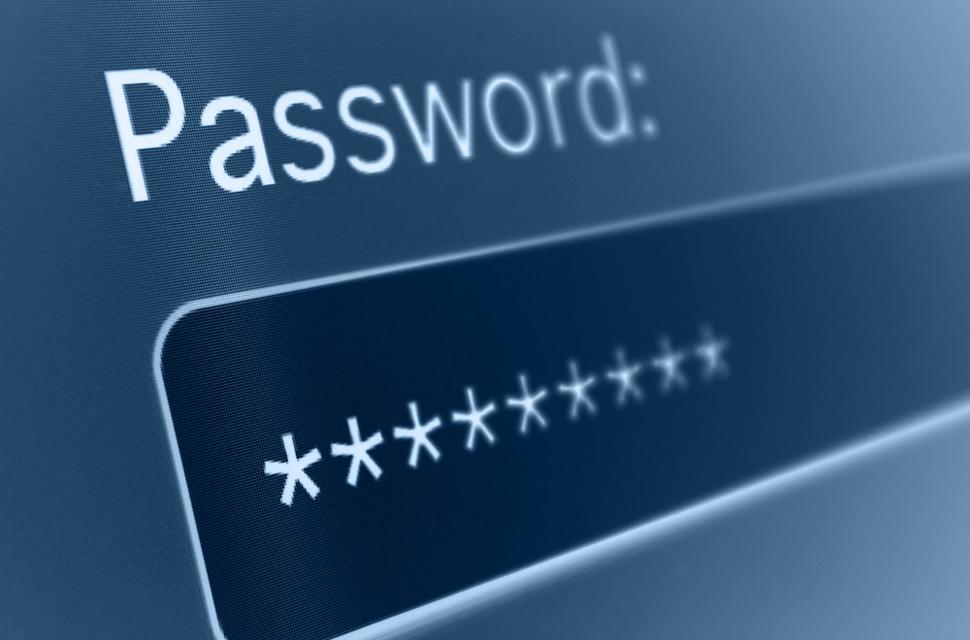Everyone who has been asked to type in a password before knows that 1234 is no good. Anything that is simple or common is easy to crack. Long, complex passwords are the best. But remembering multiple complex passwords can be a pain in the neck. That’s why you need a password manager.
At its core, a password manager is a program created to save, store and retrieve passwords. It generally uses a master password to encrypt all your logins safely. The master enables access to your passwords when necessary without typing them yourself.
Some more sophisticated password managers can generate secure login suggestions. They can also save other sensitive data, like your credit card information. But, for the most part, the primary purpose of a password manager is to help you record and track your passwords.
So, why do you need such a program when you can just jot down your passwords on a piece of paper? The main reason is to avoid the problems around password fatigue. If you have multiple accounts, it can be tricky to remember all your passwords. If you’re not doing it already, you’d be tempted to use one password for all your logins. And that’s a cybersecurity attack waiting to happen.
Using a password manager enables you to “remember” several long and complex passwords. With it, you don’t have to worry about security issues that can compromise your files.
Value for the Money
You need to shell out some cash for some password managers. But, not all. There are free programs available online. But fair warning, only a handful of them provide more than just the basic features. For those that have a price tag, you’ll get more advanced features and benefits.
For instance, Dashlane costs $3.33 per month to connect an account to all your devices. The program offers a free trial period with the same features. But, after 30 days, you won’t be able to sync any changes or additions you’ll make. Another good password manager is 1Password. It costs $2.99 per month and is available on all your devices. It also has a 30-day trial period.
Both paid services provide reliable security. They run AES-256 encryption. It is a system used by the federal government to secure classified information. Also, premium programs have neat features and nifty benefits. They can alert you whenever there’s an attempt to breach your login details. They provide priority customer support. They can change your old or compromised password. They have a seamless syncing system. And they have a smart and engaging interface.
For free services, the best one in the market is KeePass. It is an open-source program that is well-liked by techies. Its design looks like something from the ’90s. But, its free features are sophisticated enough to protect your logins. It secures your password vault using the same solid encryption used by paid services. However, there’s a compromise. KeePass is a Do-It-Yourself password manager. You need to input your logins and set up the advanced features manually.
It takes some tech knowledge and a lot of patience to make it work. Also, you can’t call to ask for support if you encounter problems.
Choose whichever option is suitable for your needs. But the one thing you need to do is choose. In the long run, it’ll save you a lot to have a password manager.










